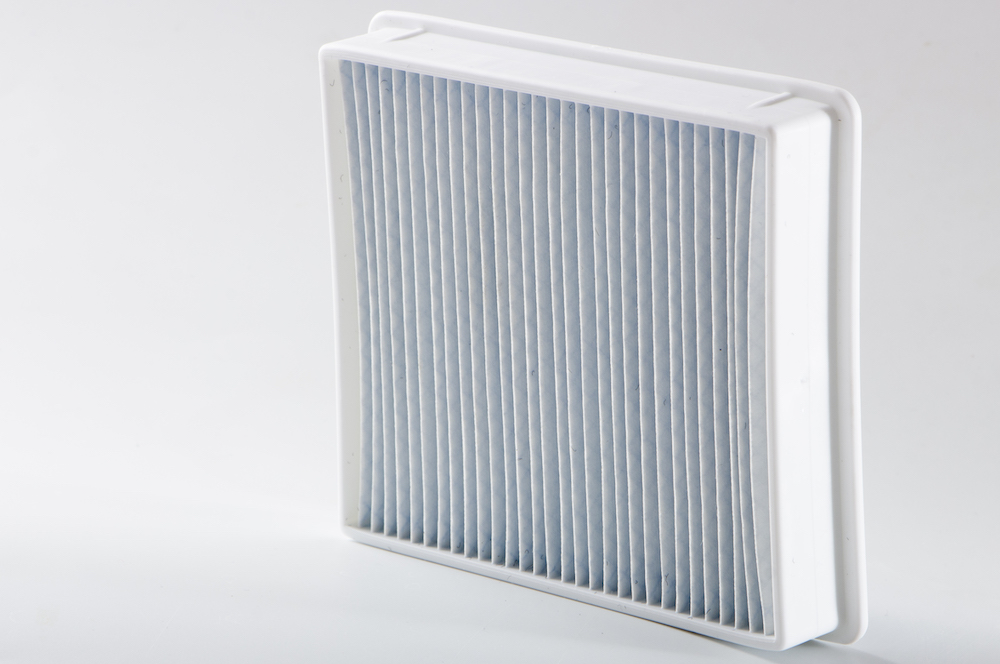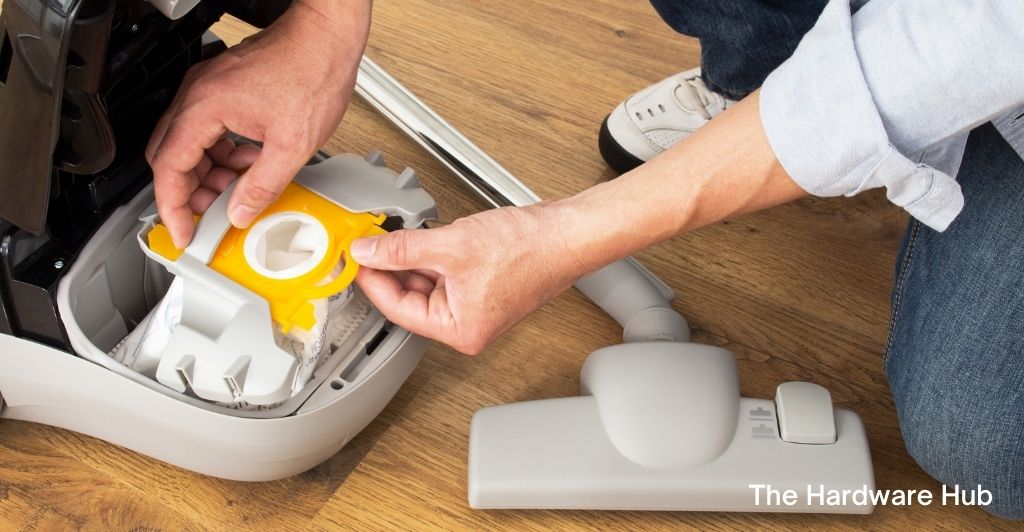Do vacuum bags contain fiberglass? If so, where does the fiberglass come from and why is it used? These are a couple of questions we’re going to answer in this guide. Let’s get started…
Why is there any Fiberglass in Vacuum Cleaner Bags?
Vacuum cleaner bags have become a popular item on the market today. They are a very convenient choice for all of you who live in an area where the air is not always clean.

However, many customers have been concerned about the safety of these bags. Many customers have been concerned about whether or not these bags contain a type of material that could be a potential health hazard to them and their families.
Typically, most vacuum cleaners are made with polyurethane. Polyurethane is a very versatile material, and it can be used for many different purposes. However, it does have one major drawback: that is that it is very toxic to humans.
Polyurethane is a known carcinogen, and it is also very bad for the environment. So, are vacuum cleaners made with polyurethane bad for you? Not necessarily. There are many reasons why vacuum cleaners made with polyurethane are not bad for you.
It is important to understand that the materials used in vacuum cleaners do not necessarily have to be toxic to be bad for you. Instead, it is important to look at the effectiveness and quality of the equipment.
Do Vacuum Bags Contain Fiberglass?
Vacuum bags contain no trace of fiberglass. The cloth HEPA filter bags offer filtration and protection like no other available. These are made from high-quality polypropylene material.
There is a lot of confusion about what type of bag to use when you’re vacuuming up an air mattress. Many people think that if they buy a bag with a special label, it must be the best choice, but that’s not true. The bag type that you buy really depends on what you’re removing.
You can check out this is a video of how does vacuum bag works...
Here is the list of different types of vacuum, and let’s check if the specific vacuum types have fiberglass or not.
Hoover Vacuums
While the Hoover brand is largely known for making excellent vacuum cleaners, its bagless vacuum technology is one of its most notable features. This bagless design eliminates the need for bags, which is great for the environment.
HEPA Vacuums
We all know that HEPA vacuums filter the air to a high level of efficiency, but does that mean they’re all fiberglass free? The short answer is no; not all HEPA vacuums do contain fiberglass.

In fact, some of the most expensive HEPA vacuums on the market do contain fiberglass, which is a material that has been studied in the past for its ability to trap and hold particulate matter.
Miele Vacuums
Miele claims that all their vacuum bags are made of BPA free plastic, which is made of polyvinyl chloride (PVC). This is the same plastic used to make the plastic parts of your car, home appliances, and many other products.
Kenmore Vacuums
It is currently unknown whether or not Kenmore vacuum cleaners include fiberglass, but there have been several claims from dissatisfied customers that the vacuum bags contain the material.
It is also possible that this particular type of fiberglass is used in the process of manufacturing vacuum bags.
Kirby Vacuums
The Kirby vacuum cleaner has been a household staple for many years. In fact, it is the second most popular vacuum cleaner in the US, and millions of people swear by it.
The only problem is, the Kirby is made of fiberglass, yet it is sold as a “Fiberglass Free” vacuum cleaner. The Kirby has many different types of parts and accessories and many different cleaners and features. So it stands to reason that some of those parts and accessories might contain fiberglass.
What are Vacuum Cleaner Bags Made of?
Vacuum cleaner bags are made of either cotton or polyester. Polyester is cheaper but softer. Cotton is cheaper but stiffer. Some bags are made of plastic, and some are made of paper. Some bags are easy to remove but hard to clean. Some bags are difficult to remove but easy to clean.
A vacuum cleaner bag is a small, rectangular, sealed bag that fits inside a vacuum cleaner’s dust collection bag. This is not a bag for storing dirt but rather a bag to help capture debris from the vacuuming process. The bag is typically made of nylon or polyester.
Are Vacuum Bags Reusable?
It’s no surprise that most of us hate throwing away our vacuum cleaner bags. They are usually pretty small, don’t take up much room, and can be reused many times.

But are they really reusable? It is true that vacuum bags are made to be used only once, but are they really reusable? Unless the bag is disposed of in a garbage can or sent to a landfill, or burned it can still be used again.
Second, there are exceptions to the rule. Many bags are made with a special paper that is made to be used only once. Third, it all depends on the bag you use. Some bags are so thin that they are really not reusable.
Final Thoughts
Vacuum Bags are said to be the most important part of using a vacuum cleaner. For most of us, vacuum bags are used once or twice each month, but they are the main component of the job for professional cleaners.
It is why vacuum cleaner companies are always trying to improve on them, whether through better design or improved functionality.
Vacuum bags are a great invention that has been around for quite a while, but not everyone knows about them. They are a semi-permanent solution to the problem of storing all the debris from the vacuum cleaner.
This makes it so much easier to dispose of the used bag of air and all of its contents. acuum bags have been around since the 1930s, but newer technologies have replaced them.
